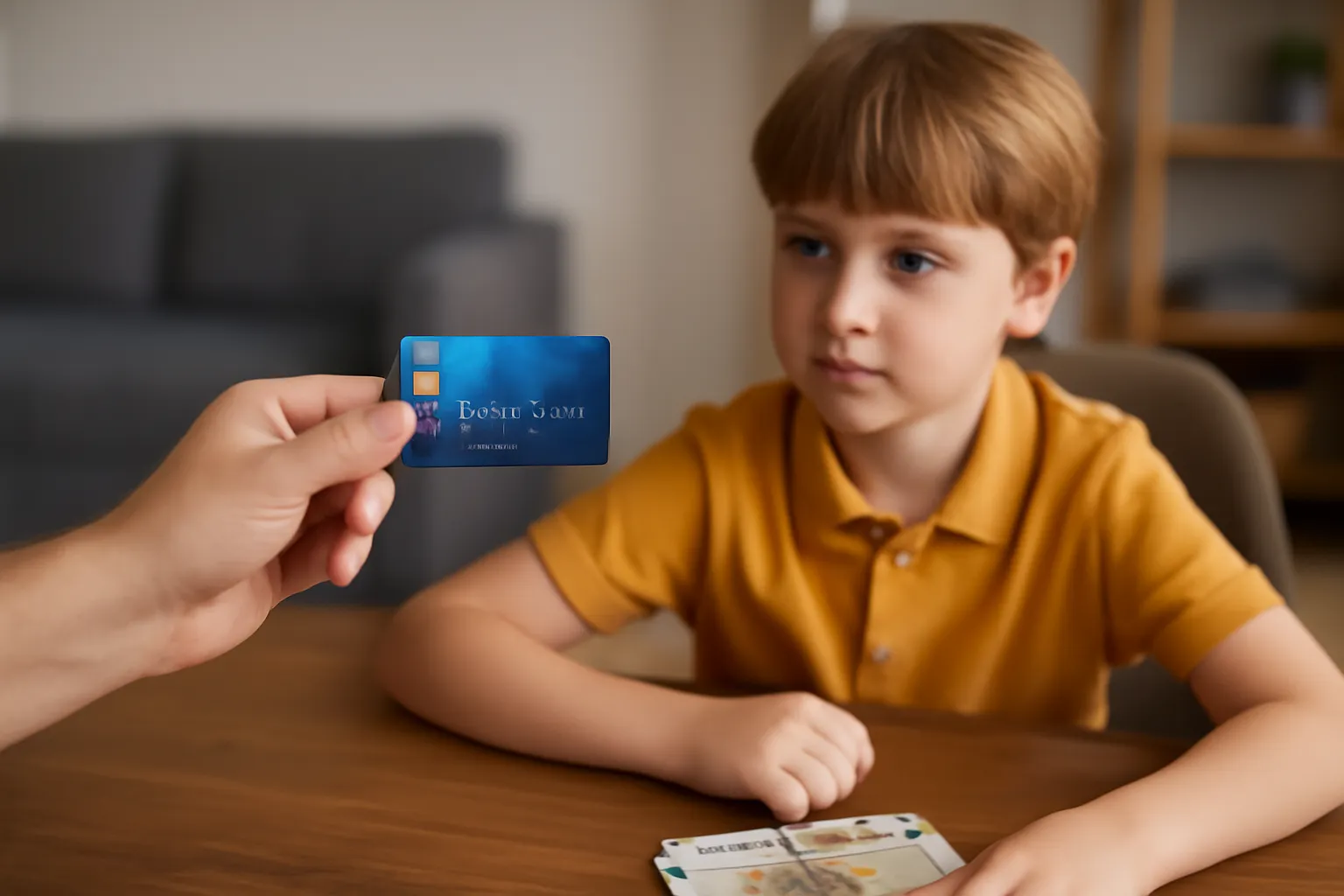How much pocket money should you give your elementary school child? Should you consider a pocket money card? Find out the best strategies for managing pocket money and setting the right amount for young students.
How Much Pocket Money for Elementary School Students?
When it comes to giving pocket money to elementary school students, parents often wonder how much is appropriate. The answer isn’t simple, as it depends on several factors, such as the child’s age, responsibility level, and the family’s financial situation. However, there are general guidelines you can follow to ensure your child learns important financial lessons while enjoying the benefits of having their own money.
The Ideal Amount: A Balancing Act
An important consideration is how much your child can realistically handle. For example, younger children might only need a small weekly allowance, such as $2 to $5, while older elementary school students might handle $10 to $15 per week. The key is to tailor the amount based on the student’s ability to manage the money responsibly.
-
Younger Children (Ages 6-9) At this stage, children can begin learning the concept of saving and budgeting, but they may not yet have the skills to manage larger amounts. Giving them a modest allowance, such as $2 to $5, helps introduce them to the idea of earning and spending money.
-
Older Children (Ages 10-12) Children in this age group can begin handling more money, especially if they are engaging in activities that require spending, such as going to the movies with friends or saving up for a toy. A reasonable weekly allowance for them might range from $10 to $15, giving them more freedom while teaching them to budget for different expenses.
Setting Expectations for Pocket Money
One important aspect of giving pocket money is to have clear expectations. Some parents may tie allowance to chores, while others might offer it as a given. Discussing the purpose of the money—whether it’s for spending, saving, or both—can help children understand its value and how to manage it.
-
Spending Giving children the opportunity to spend their money teaches them how to make choices and manage their desires.
-
Saving Encourage children to save a portion of their pocket money for bigger purchases or future goals.
How to Start Pocket Money Discussions
Begin by discussing the financial concepts of saving, spending, and giving. Ask your child about their wants, needs, and goals, then help them set up a realistic plan for managing their money. Establishing a system early will set your child up for responsible money management in the future.
Read More About Pocket Money for Kids
Elementary School Pocket Money Card: A Useful Tool?
In today’s digital age, an increasing number of parents are opting for a more modern approach to managing their child’s pocket money: the elementary school pocket money card. These cards allow children to use electronic money for transactions, providing a safe and practical way to track spending and saving. But is it the right choice for your child?
How Does a Pocket Money Card Work?
An elementary school pocket money card operates similarly to a debit card. Parents load a set amount of money onto the card, and children can use it to make purchases at participating stores or online. The card may be linked to an app, allowing parents to monitor spending, set limits, and even provide instant transfers if needed.
-
Benefits
-
Convenience Children don’t have to carry cash, and it reduces the risk of losing money.
-
Tracking Parents can monitor spending habits and ensure that children are using the card responsibly.
-
Safety A card offers greater security than cash, especially in case it’s lost or stolen.
-
-
Considerations
-
Age Appropriateness Not every child is ready to handle a card, especially if they struggle with the concept of budgeting.
-
Fees Some pocket money cards come with maintenance fees, so it’s essential to choose one that fits your family’s needs.
-
When to Introduce a Pocket Money Card
Introducing a pocket money card is ideal when your child is old enough to understand the importance of budgeting but still needs guidance in managing money. It’s a good tool for children who are responsible enough to use money wisely, but it’s important to introduce it gradually, allowing your child to develop good spending habits.
Learn More About Kids’ Money Cards
Average Pocket Money for Elementary School Students
So, what’s the average pocket money for elementary school students across the globe? The answer varies widely depending on cultural factors, parental income, and regional norms. However, some studies and surveys shed light on the common trends.
How Much Do Other Parents Give?
According to recent surveys, the average weekly pocket money for elementary school students is around $7 to $10, but this can range anywhere from $2 to $20 depending on the child’s age and location. In some countries, parents might give as little as $2 a week for younger children, while in others, allowances might be higher due to differing cost-of-living factors.
Global Differences
-
United States On average, American children receive about $10 per week in pocket money, with variations depending on whether the allowance is tied to chores.
-
United Kingdom British children typically receive about £6 to £8 per week, with the highest allowances given to older students.
-
South Korea Pocket money here ranges from 5,000 to 10,000 KRW per week, with children expected to use it for social activities and minor purchases.
-
Australia Australian kids receive an average of $7 to $12 per week, with many parents teaching their children about budgeting and saving.
Why the Variation?
The amount of pocket money given to elementary school students can vary greatly based on family income, cultural expectations, and the availability of external financial resources. Wealthier families may give larger allowances, while others might offer smaller amounts based on their financial situation.
Conclusion
In conclusion, deciding how much pocket money to give your elementary school child depends on various factors, including their age, level of responsibility, and your family’s financial situation. Whether you opt for a small weekly allowance or a more modern approach with a pocket money card, the key is to teach your child about budgeting, saving, and spending wisely. With the right guidance, your child can develop essential financial skills that will serve them well throughout their lives.






